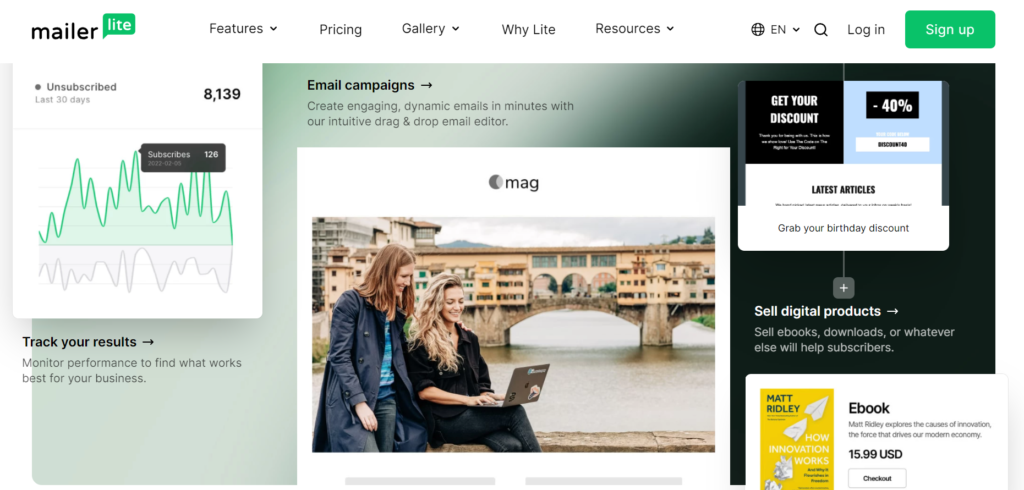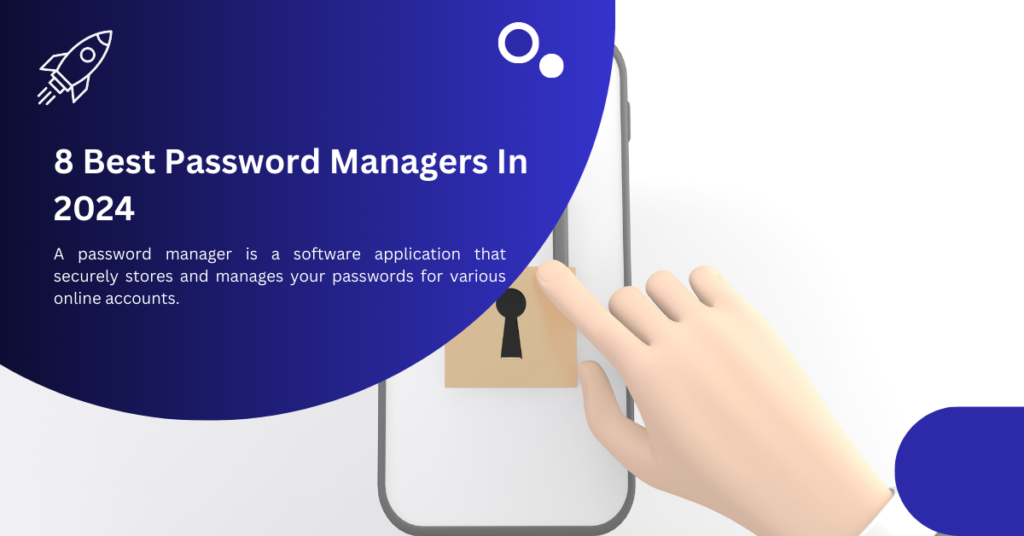Sprout Social Review 2024: Features, Pros And Cons
What is Sprout Social? Sprout Social is a social media management platform that helps businesses manage their social media presence […]
Sprout Social Review 2024: Features, Pros And Cons Read More »
Software Reviews






